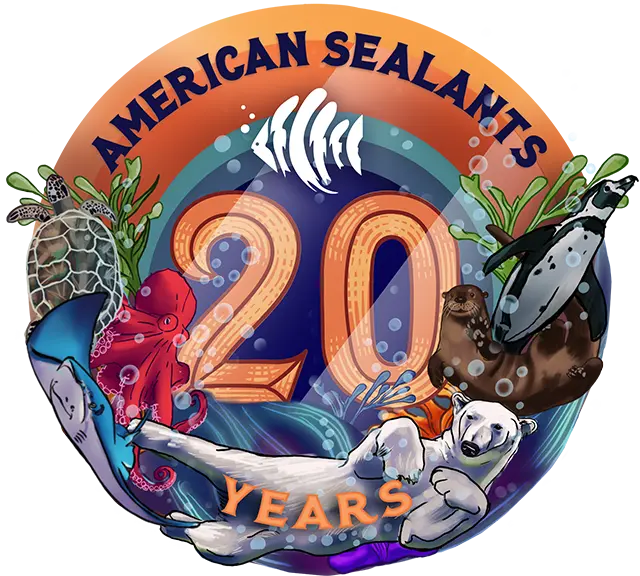Water is elemental, ubiquitous, and life-giving. No wonder it is a fundamental prop in movie story-telling. Water can set a scene, set a mood, support the protagonist, act as antagonist — its appearance is carefully scripted into a film’s storyline, then it’s up to film producers to figure out how to wrangle it so it behaves exactly the way they want. At ASI, we know that by using acrylic panels and carefully controlled streams of water, we can help filmmakers create stunning scenes that bring stories to life. Here’s a look behind the curtain (or waterfall) at how directors use water as a medium to make magic on the big screen.
From creating underwater worlds to torrential storms to romantic spring showers, filmmakers have relied on the unique properties of water to transport audiences. Today, the precisely-controlled use of water in pools and behind panels is an essential part of the film industry, helping to create some of the most memorable and awe-inspiring moments in movie history.
Transparent acrylic panels allow filmmakers to channel, contain, and cover water as needed. Filmmakers often employ this method to capture underwater scenes safely and with greater control over the lighting, movement, and overall aesthetics. They can create the illusion of characters walking on water, moving through water, or withstanding rainstorms in the middle of a scene. Enhanced by CGI, filmmakers can create almost any type of water-related special effect.
The advantage of acrylic over glass as a water container and barrier is that it is equally transparent, but stronger, lighter and shatter-proof. Acrylic can be molded and shaped into almost any form, including curved or bent designs, thanks to its inherent flexibility and malleability. This makes acrylic a popular choice where impact resistance and durability are important, such as in windows, skylights, and protective barriers.
James Cameron’s epic romance-disaster film Titanic recreated the tragic sinking of the RMS Titanic inside a massive water tank. Acrylic panels were used to simulate the ship’s windows. This allowed for realistic water effects that pit the actors against rushing, rising water.
To represent the light and motion of the Great Barrier Reef, animators for Finding Nemo spent hours underwater, scuba diving in live oceans for research. They also constructed a number of acrylic tanks which served as controlled environments where they could study the movement and behavior of water, helping them to simulate the distortion and play of light. The result is a stunning visual experience that advanced lighting techniques for the future of animated films.
There have been breakthroughs in filmmaking that eliminate the need for water even in water-dependent films. Actors on wires, green screens and CGI effects were used for 2018’s Aquaman. This “dry-for-wet” technique has actors and props suspended on wires, lit magically and blown about by fans to create water-current-like movements. The scene is then enhanced in editing. This technique was used throughout Guillermo Del Toro’s film The Shape of Water, which helped to preserve the spectacular-but-water-soluble costume and makeup effects created for the amphibious creature.
But there are still filmmakers who insist a realistic water setting requires actual water. The loch underwater event needed for Harry Potter and the Goblet of Fire required its young cast to submerge in a massive, purpose-built pool. To prepare for James Cameron’s long-awaited sequel, Avatar: The Way of Water, its stars practiced regulating their breathing so they could perform fluidly underwater in performance capture wetsuits and goggles around fully submerged sets. The most recent Black Panther movie submerged its stars, too, filming underwater sequences in a fish tank.
Even as filmmaking techniques evolve, its storytelling will always be rooted in realism. In movies where water is the star, acrylic panels, tanks, tunnels and pools remain a reliable and cost-effective way to control the movement, currents and temperature of a watery environment while preserving a filmmaker’s vision.
